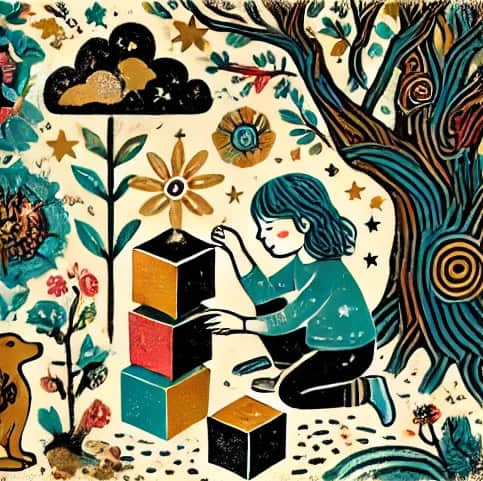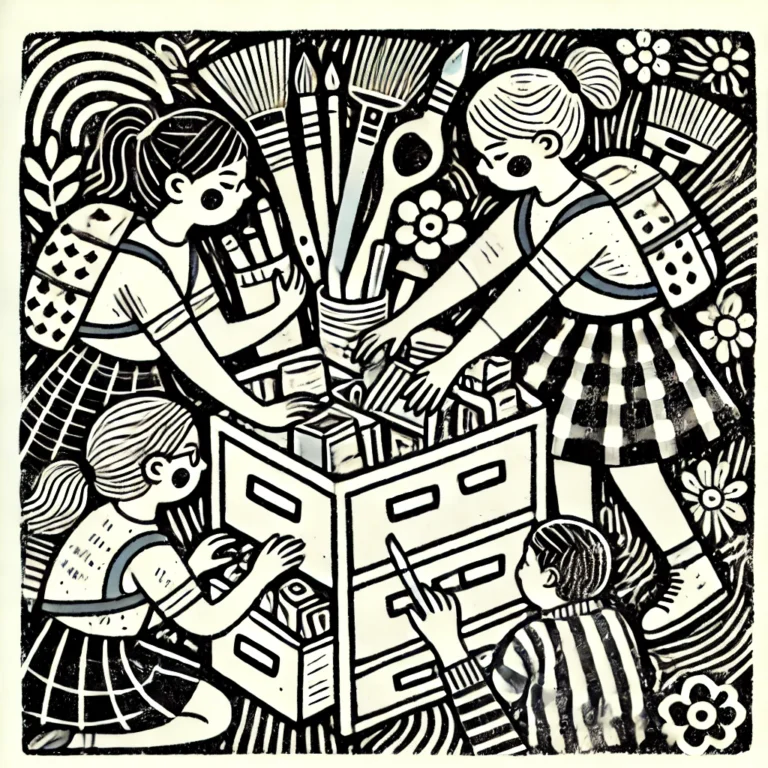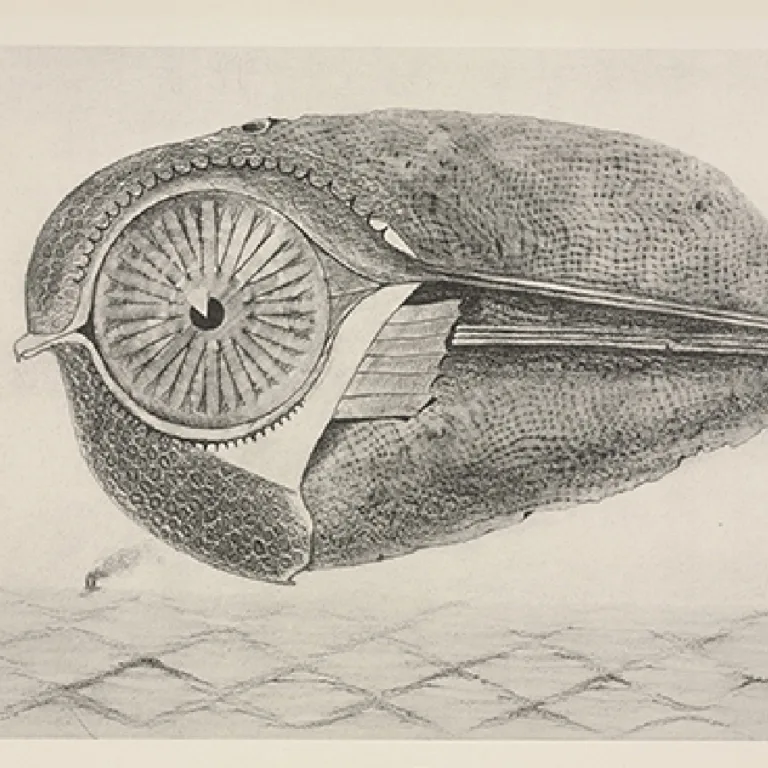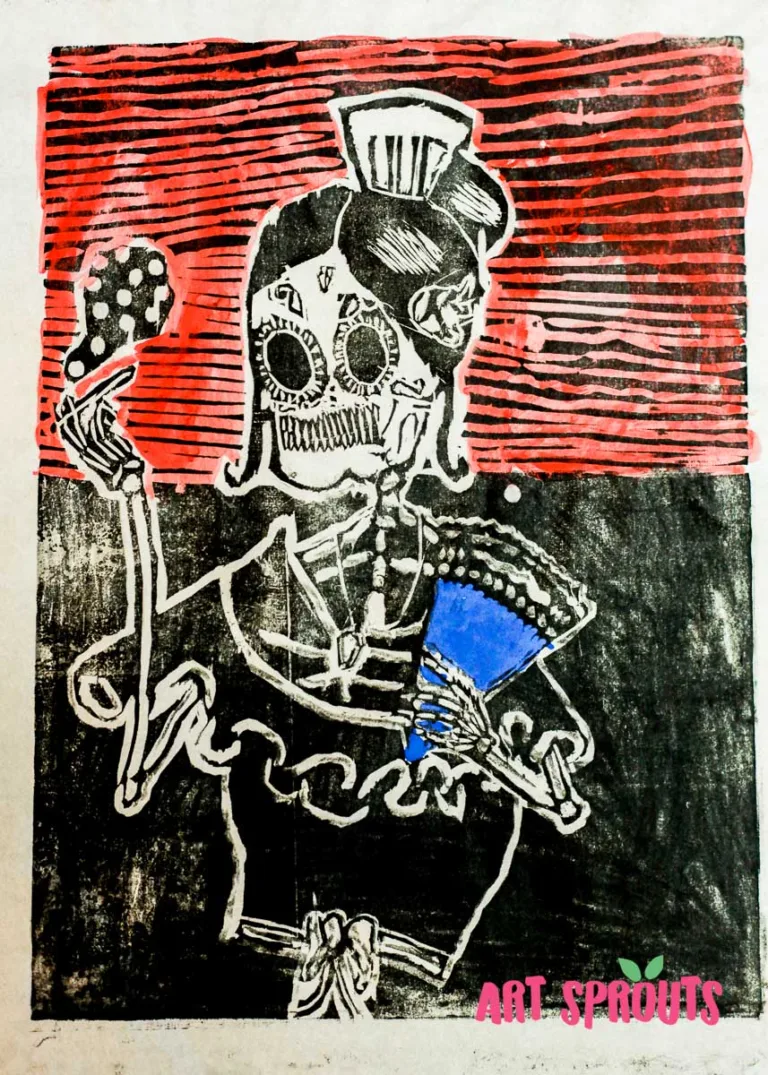10 Easy and Quick Ice Breaker Activities for a Memorable First Day of School
The first day of school sets the tone for the entire year, and what better way to start than with some fun and engaging ice breaker activities? These easy and quick activities are perfect for helping students get to know each other, fostering creativity, and building a strong classroom community from day one. Whether you’re looking to encourage collaboration, spark creativity, or break the ice, these activities have got you covered. Dive in and make your first day of school unforgettable with these exciting ice breakers!
I’d love to hear how these activities worked in your classroom! Share your experiences in the comments below and don’t forget to share this post with fellow educators.
Story Cube Challenge
Materials: Dice, a printable sheet with prompts corresponding to each number (e.g., character, setting, object), paper, and pens.
How it works: Each student or group of students receives a die. They roll the dice and refer to the corresponding prompt on the printable sheet (e.g., if they roll a 3, the prompt might be “a mysterious forest”). Students then take turns adding a piece to a story based on their rolls. The story can be written down, drawn or shared orally, with each student contributing to the narrative.
Goal/Benefit: This activity encourages creativity, collaborative storytelling, and quick thinking. It also helps students practice listening and building off others’ ideas, fostering teamwork and group cohesion.
Mystery Bag Story Starters
Materials: A bag filled with slips of paper, each with a random object, adjective, color, or smell written on it (these are just suggestions and can include anything that sparks creativity), paper, pens.
How it works: Students take turns pulling a slip of paper from the bag. They must then create a story that includes the element they drew, whether it’s an object, adjective, color, or smell. For added challenge, you can set a time limit or require the inclusion of a specific plot twist or moral. Students can share their stories with the class or in small groups.
Goal/Benefit: This activity promotes imaginative thinking and helps students learn how to integrate different elements into a cohesive narrative. It also encourages public speaking and confidence in sharing creative work.

Collaborative Drawing
Materials: Large sheets of paper, markers, crayons.
How it works: Begin with a simple shape or line in the center of a large sheet of paper. Each student takes a turn adding to the drawing, filling in sections with patterns, colors, or additional shapes. The drawing evolves with each contribution, resulting in a unique piece of collaborative art.
Goal/Benefit: This activity fosters creativity, teamwork, and a sense of shared accomplishment. It also encourages students to think about how their individual contributions fit into a larger whole, promoting a collaborative mindset.
Creative Interviewing
Materials: None required.
How it works: Pair up students and have them “interview” each other, but with a twist. Instead of asking traditional questions, they create a fictional backstory for their partner using prompts like “What magical land are they from?” or “What is their superpower?” After the interviews, students introduce their partner to the class based on the fictional story they’ve created.
Goal/Benefit: This activity enhances creative thinking and storytelling while also helping students break the ice and get to know each other in a fun, unconventional way. It also promotes listening skills and empathy as students create and share stories based on their partners.
Secret Identity
Materials: Index cards, pens, tape.
How it works: Write down various secret identities (e.g., historical figures, fictional characters, animals) on index cards. Tape one card to each student’s back so they can’t see it. Students then mingle, asking yes/no questions to tryto figure out who or what they are. The first to correctly guess their identity wins, but the game continues until everyone has figured out their secret identity.
Goal/Benefit: This activity improves communication and critical thinking as students must ask strategic questions to deduce their identity. It also promotes social interaction and teamwork as students help each other with clues.

Classroom Time Capsule
Materials: A container (such as a box or jar), paper, pens.
How it works: At the beginning of the school year, have each student write down their hopes, goals, or predictions for the year. These can be personal, academic, or related to the class as a whole. Collect the papers and place them in the time capsule. Seal the container and store it in a safe place to be opened at the end of the school year.
Goal/Benefit: This activity encourages reflection and goal-setting at the start of the year, while providing a meaningful opportunity to look back on progress and growth at the year’s end. It also creates a sense of anticipation and closure.
Personalized Puzzle Pieces
Materials: Blank puzzle pieces (or cut from cardboard), markers, stickers, and decorative materials.
How it works: Each student receives a blank puzzle piece to decorate with symbols, words, or drawings that represent them. Once everyone has finished, the pieces are assembled to create a complete puzzle that symbolizes the unity and individuality within the class. The completed puzzle can be displayed in the classroom.
Goal/Benefit: This activity visually represents how each student’s unique qualities contribute to the classroom community. It fosters a sense of belonging and highlights the importance of each individual’s role in the group.

Impromptu Debate
Materials: A list of fun or quirky debate topics (e.g., “Is it better to have the ability to fly or be invisible?” “Should we have homework on weekends?”).
How it works: Divide the class into pairs or small groups and assign each group a debate topic. Give them a few minutes to prepare their arguments. Then, have each group present their debate in front of the class. You can choose a winner based on persuasiveness, creativity, or audience votes.
Goal/Benefit: This activity encourages critical thinking, public speaking, and the ability to articulate and defend a position. It also fosters respectful discourse and teamwork.
Random Acts of Kindness Bingo
Materials: Bingo cards with random acts of kindness written in each square, pens.
How it works: Create bingo cards filled with various random acts of kindness (e.g., “Help a classmate with a task,” “Compliment someone,” “Pick up litter in the classroom”). Throughout the week, students try to complete as many acts as possible, marking them off on their cards. The first to complete a row, column, or diagonal line wins a small prize.
Goal/Benefit: This activity promotes a positive, supportive classroom environment by encouraging students to engage in kind, helpful behaviors. It also teaches the value of empathy and consideration for others.
Human Bingo
Materials: Bingo cards with different experiences or attributes listed in each square (e.g., “Has traveled to another country,” “Plays a musical instrument,” “Loves reading mystery books”), pens.
How it works: Each student receives a bingo card and must find classmates who match the descriptions in the squares. When they find someone who fits a description, that person signs the corresponding square. The first student to complete a row, column, or diagonal line yells “Bingo!” and wins.
Goal/Benefit: This activity is a fun, interactive way to help students learn more about each other and find common interests. It encourages social interaction and can be a great icebreaker at the start of the school year.
These activities are designed to engage students creatively, encourage collaboration, and build a positive classroom community from day one. Each activity is easy to implement and can be adapted to fit different age groups and classroom dynamics.







